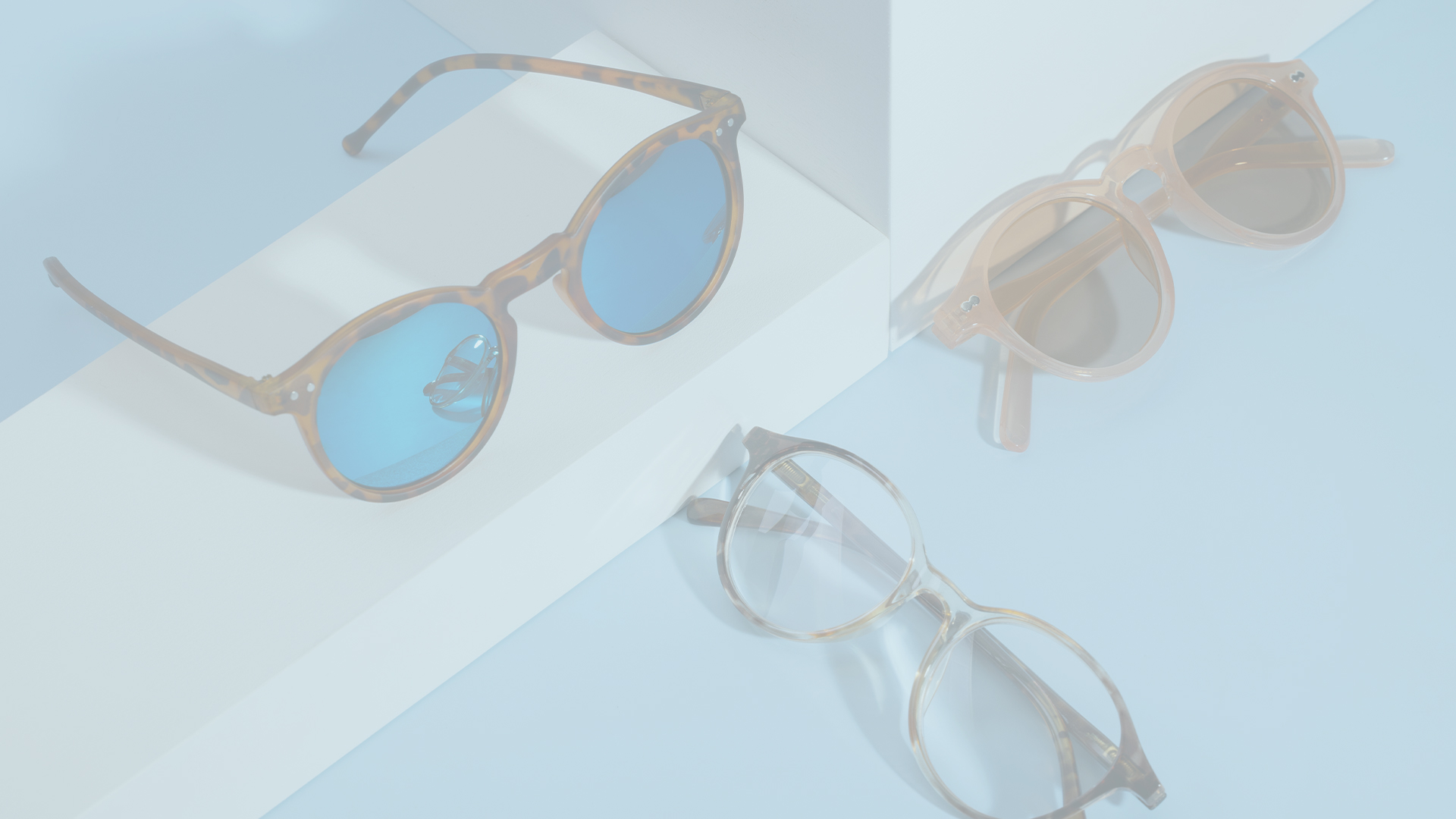Protect & Preserve Your Vision with Us
When you have an eye problem—blurred vision, irritating dryness, or difficulty seeing at night—it can make even simple tasks frustrating. Reading your favorite book becomes a chore, driving feels unsafe, and even recognizing faces can be challenging.
We want to help you protect your sight and overall health. That means we look beyond your eyesight and the surface of your eye. Your concerns and comfort matter to us because we’re doing this for you—to help you enjoy a full, vibrant life.
Our eye doctors can diagnose and help treat a range of eye problems, from eye strain to eye disease.
Schedule your routine eye exam today so we can help you keep a close eye on your vision needs.
Request Appointment

Routine Eye Exams Help Us Personalize Your Care
Regular eye exams are thorough checkups that help us evaluate changes to your eye health, including nerve function and blood vessels.
Detecting even small changes can help us diagnose vision and health conditions early, allowing us to start early treatment.
Helping you is our top priority. We combine diagnostic technology with a compassionate understanding of your needs to develop targeted strategies.
Prevention Can Save Sight: We’re Here to Educate & Support You
Our eye doctors are your partners in helping you keep your eyes healthy. With training in evaluating, managing, and treating various eye conditions, our goal is to empower our patients to lead richer lives through preventative care.
We’re always happy to answer questions and educate you about your eye health. Our team is ready to work closely with you and provide personalized care.
We aim to help protect your sight and prevent common, vision-threatening conditions like cataracts, diabetic retinopathy, macular degeneration, and glaucoma.
Cataracts
A cataract is a cloudy area that develops on the lens of your eye, causing blurry or dimmed vision. While it’s possible only to have one cataract in one eye, age-related cataracts typically form in both eyes simultaneously.
Most cataracts develop due to normal aging, but other common risk factors include UV damage, eye injuries, or diabetes.
Early symptoms, such as blurry vision or muted colors, can benefit from prescription glasses or improved lighting. In later stages, cataracts can be treated with surgery to restore clarity.
Diabetic Retinopathy
Diabetic retinopathy is a complication of diabetes. The condition damages the blood vessels in your retina, the light-sensitive part of your eye.
Early detection and management of diabetes can help prevent vision loss. We’ll work closely with you, helping you look after your eyes and overall health—because vision and wellness go hand in hand.
Macular Degeneration
Age-related macular degeneration (AMD) affects the macula, the part of your retina responsible for central vision. Macular degeneration commonly causes gradual vision loss, including lines appearing wavy, muted colors, and a blank spot in your straight-ahead vision.
While there’s no cure, treatments like vitamins and injections can slow the progression of AMD to help preserve your vision.
Glaucoma
Glaucoma is a group of eye diseases that causes damage to the optic nerve—a bundle of nerves that carries information from the eye to the brain. Glaucoma often develops slowly, with no early warning signs that you can see or feel.
With routine eye exams, we can detect early changes in your eye pressure and monitor the health of the optic nerve. With early diagnosis, we can start treatment to help preserve your vision.
Evaluating the Details: How Technology Helps Us Personalize Your Care
Creating your personalized vision and health plan involves 2 key steps: getting to know you and using detailed diagnostic technology. We ask you questions to better understand how your vision affects your daily life—things that a scan alone can’t tell us.
Our technology helps us evaluate every part of your eye, from the front to the back, to capture a full picture of your eye health. These thorough exams allow us to assess your overall eye health, check for signs of disease, and monitor any existing conditions.
Here are 2 diagnostic tools we use to get a detailed picture of your eye’s health.
Fundus Photography
The fundus is the inside back surface of the eye, which includes the retina, optic nerve, and blood vessels. Fundus photography is a camera technique that takes a quick, detailed image of the back of the eye, allowing us to examine the retina and optic nerve for abnormalities.
Optical Coherence Tomography (OCT)
Optical coherence tomography (OCT) is a noninvasive imaging technology that can create a cross-sectional view of your retina, providing a comprehensive look at its layers.
With OCT scans, we can see deeper than just the surface layer, which can help us identify potential problems and watch for changes over time.
Book Your Next Eye Exam Today
Don’t wait until you experience vision problems to get your eyes checked. Schedule an appointment with our eye doctors today, and let us be your partner in lifelong vision care.
Request AppointmentWhere to Find Us
Rogers Clinic
We’re located on the west side of Highway 101 next to Rogers Pet Clinic.
- Phone: 763-428-3757
- Fax: 763-428-9820
- Email: frontdesk@eyewestvisionclinic.com
- 13900 Northdale Blvd
- Rogers, MN 55374
Hours
- Monday: 8:30 AM – 5:30 PM
- Tuesday: 8:30 AM – 5:30 PM
- Wednesday: 8:30 AM – 5:30 PM
- Thursday: 8:30 AM – 5:30 PM
- Friday: 8:30 AM – 4:30 PM
- Saturday: 8:00 AM – 12:00 PM
- Sunday: Closed
St. Michael Clinic
We’re located on the first floor of the Cornerstone Building.
- Phone: 763-497-3754
- Fax: 763-497-3811
- Email: frontdesk@eyewestvisionclinic.com
- 1 Central Ave W #104
- St. Michael, MN 55376
Hours
- Monday: 8:30 AM – 5:30 PM
- Tuesday: 8:30 AM – 5:30 PM
- Wednesday: 8:30 AM – 5:30 PM
- Thursday: 8:30 AM – 5:30 PM
- Friday: 8:30 AM – 4:30 PM
- Saturday: 8:00 AM – 12:00 PM
- Sunday: Closed
Our Brands











